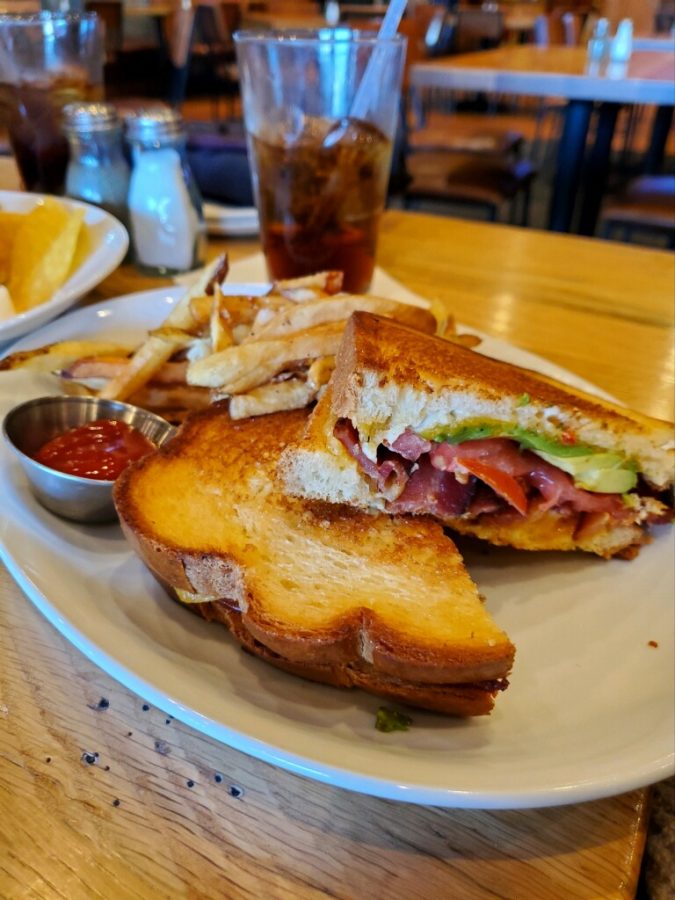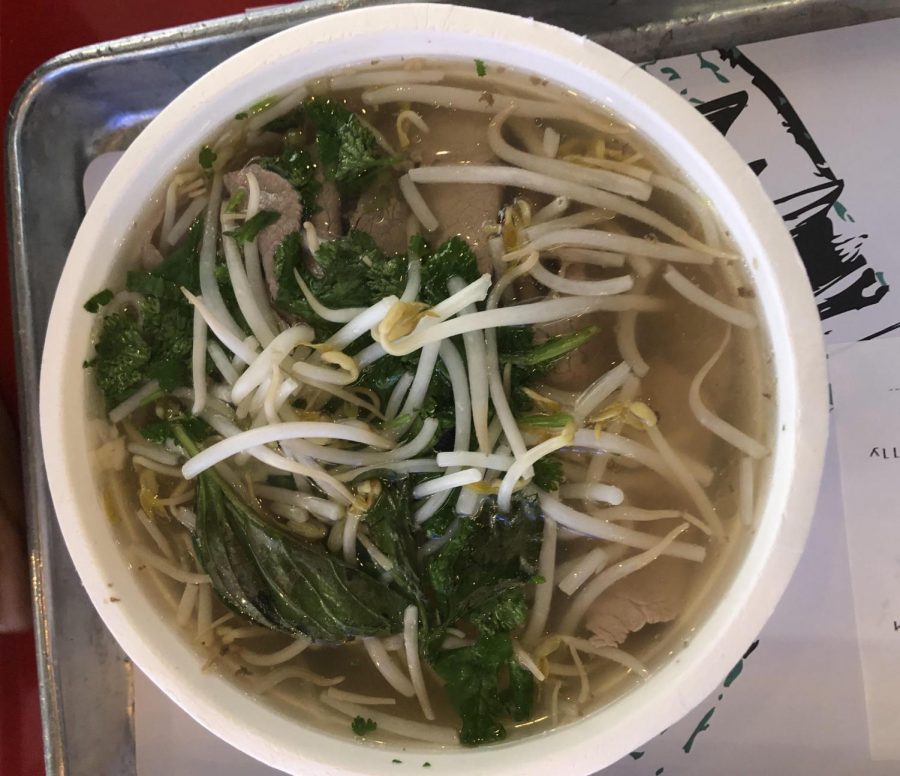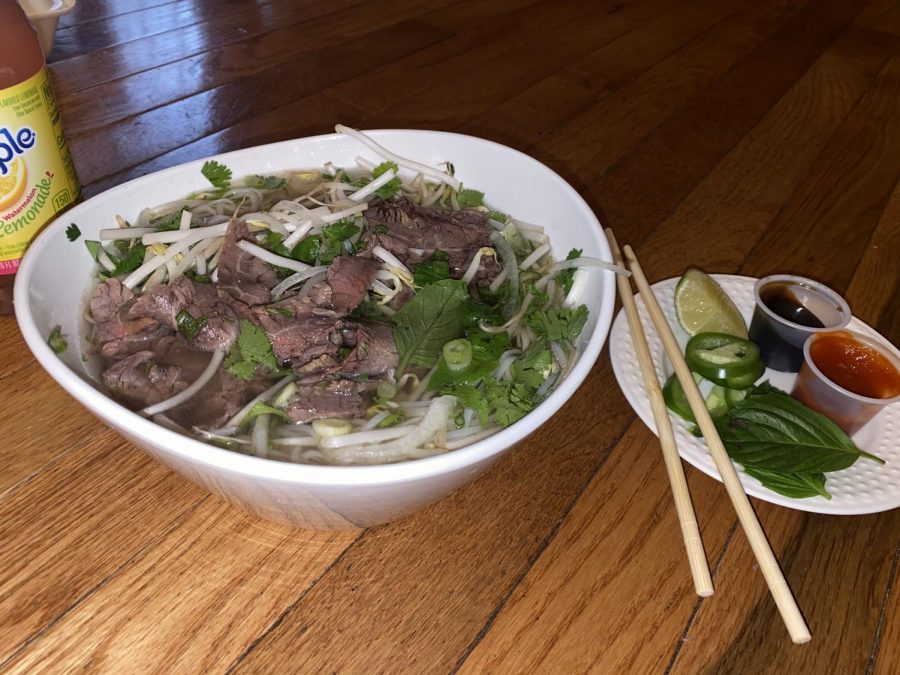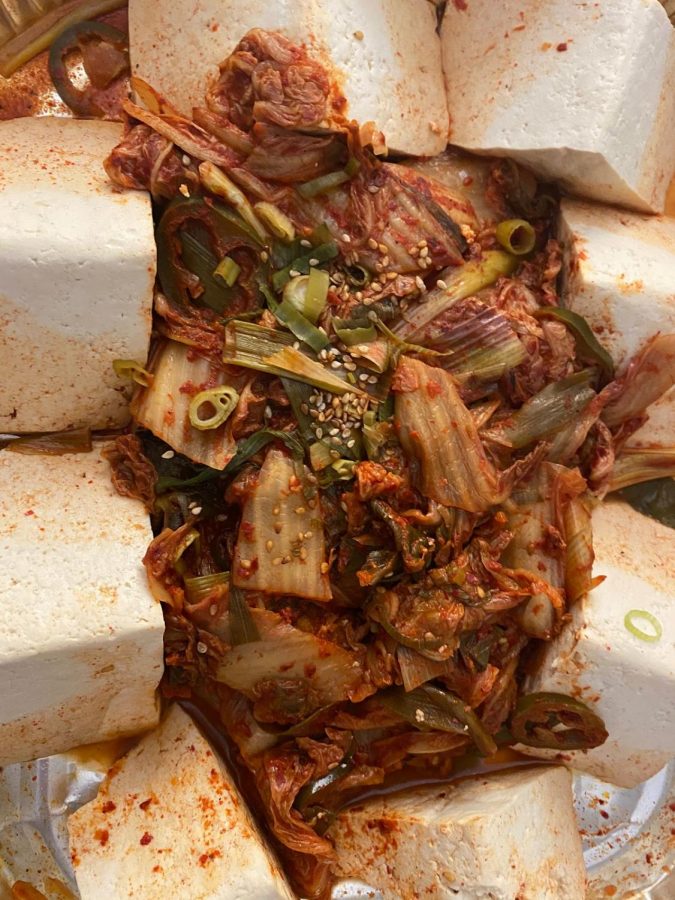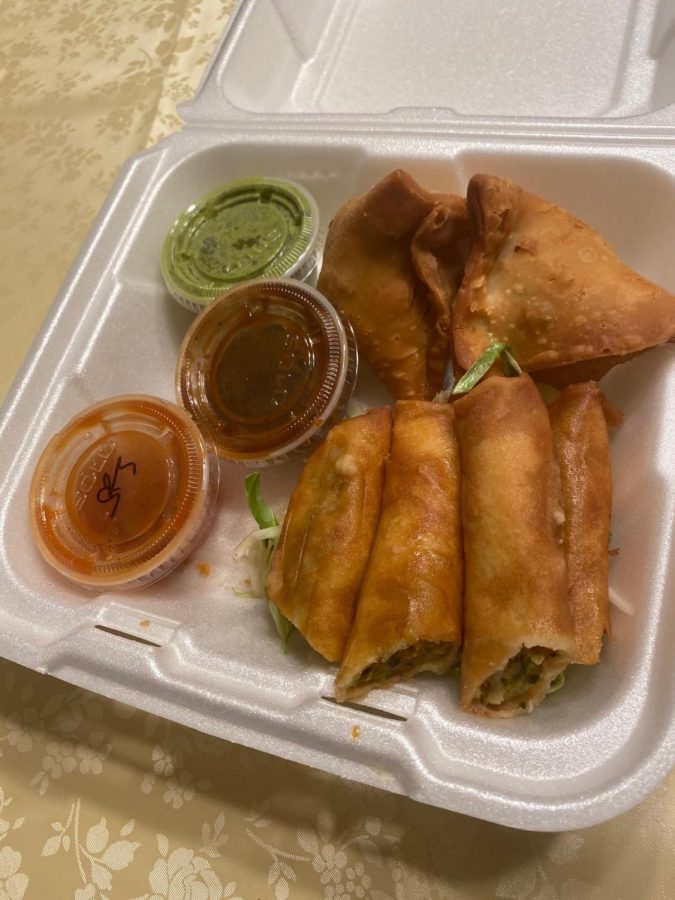 Ask any American teenager what comes to mind when they think of Chinese food and you might hear dumplings, kung pao chicken or rice. Five American students who spent one week in Lanzhou, China got a first hand look at true, authentic Chinese cuisine.
Ask any American teenager what comes to mind when they think of Chinese food and you might hear dumplings, kung pao chicken or rice. Five American students who spent one week in Lanzhou, China got a first hand look at true, authentic Chinese cuisine.
From appearance to texture and smell, many of the preconceived notions held by the American students were shattered after only a few small meals in the modest city of Lanzhou. The adventurous eaters sampled enough regional and traditional dishes to change the way they view food both in China and in their respective hometowns.
Types of Regional Dishes
1. Baihe Lily Root
(Pronounced bai huh)
This specialty of the Gansu province is a root taken from the Lily plant. The name changes from family to family as different people often call it by different names. It is usually steamed and served while still warm. The light, cream-colored vegetable is a great compliment to other green vegetables, along with many different meat dishes typical of the region. This root is also known as an herbal medicine among the Chinese to help counter a cough, ease sleep and make one more beautiful.
2. Niu rou mian Beef Noodles
(Pronounced la New joe mi-eh)
Another regional delicacy, the English name for this dish is known simply as beef noodles. The thinly stretched noodles, made mostly of flour, have been around for centuries and are well known among the entire country. Served in a clear soup with a variety of shallots, onions and other greens, the diner usually adds in slices of dry beef that cook in the broth. The seeds of spicy red peppers add an extra kick to the otherwise mild flavor combination of the broth and noodles.
3. Jiao zi Dumpling
(pronounced Chee-ow ts)
A dish that might be the most widely recognized by American eaters, this versatile food comes in many different varieties. Pork, beef and vegetable are among a few options for diners. Normally eaten for lunch or dinner, the dumpling is a favorite among many Chinese. This food is served in the special Spring Festival each year to commemorate the Chinese New Year. The dumpling
4. Hai zhe Jelly Fish
(Pronounced hi juh)
Hai zhe, or jelly fish, is a rarity for many Chinese in terms of daily eating. Jellyfish is served raw, as a cold dish, and is normally consumed on a very hot day. For many Chinese, this dish is only served on special occasions or with larger family gatherings, however those who favor the dish may eat it more frequently. The consistency is very different from the seafood that Americans are accustomed to, with a texture that is both slimy and crunchy at the same time. If you can make it over that hurdle, the flavor is very refreshing.
Information provided by Kara Ji and Mike Meng




